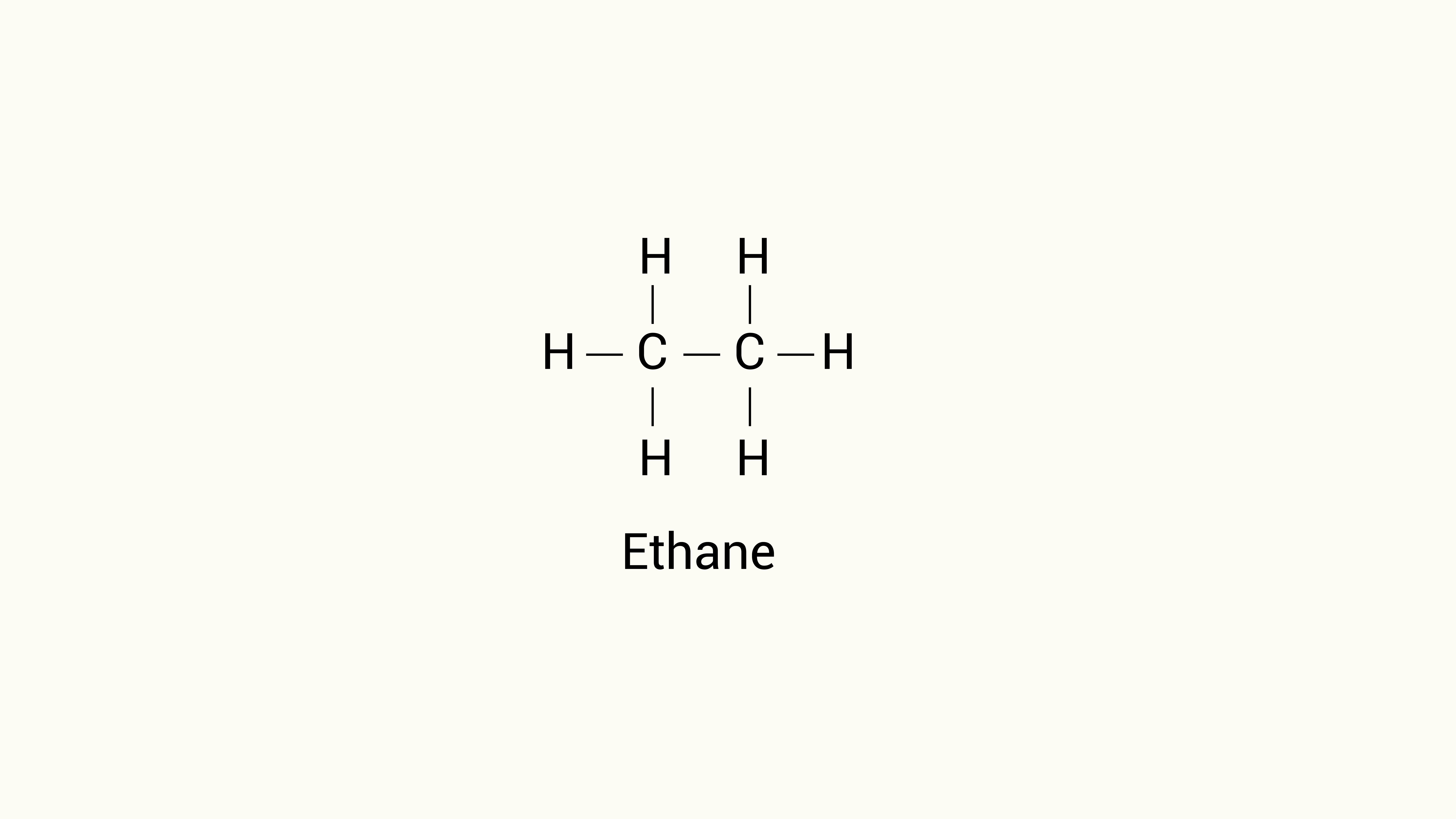10th Grade > Chemistry
CARBON AND ITS COMPOUNDS MCQs
:
C
Detergents are ammonium or sulphonate salts of long chain carboxylic acids. So the resulting compound is called sulphonic acid. Sulphonic acids are used in making detergents while carboxylic acids (fatty acids) are used in soap making processes.
:
C
Esters are obtained from the reaction between carboxylic acid and alcohols. The reaction between methanol and propanoic acid in the presence of concentrated sulphuric acid leads to the formation of methyl propanoate, an ester.
CH3OH(aq)+CH3CH2COOH(aq)→CH3CH2COOCH3(aq)+H2O(l)
:
C
∙ The compound given has four carbon atoms so the word root for this compound is 'but'.
∙ Since all the carbon atoms are bonded to each other by only single bonds, this compound is an alkane and the suffix in this case will be '-ane'.
Therefore, the name of this compound is butane.
:
D
The homologous series given here is the alkene series. In a homologous series, every successive member differs by CH2 group. So, the successive member after C3H6 in the given alkene homologous series is C4H8.
:
A
Any carboxylic acid on reaction with an alcohol in presence of concentrated sulphuric acid gives an ester.
In the given options, only CH3COOH, i.e., ethanoic acid on reaction with ethanol in presence of concentrated sulphuric acid will give an ester (ethyl ethanoate).
This reaction is called esterification reaction.
CH3COOH(aq) +CH3CH2OH(aq) conc.H2SO4−−−−−−→ CH3CH2COOCH3(aq) + H2O(aq)
:
C
∙ Alkynes are hydrocarbons having atleast one triple bond between its carbon atoms. The general formula for alkynes is CnH2n−2.
∙ Alkanes are hydrocarbons having only single bonds between its carbon atoms. The general formula for alkanes is CnH2n+2.
∙ Alkenes are hydrocarbons having atleast one double bond between its carbon atoms. The general formula for alkenes is CnH2n.
:
B
Carbon cannot donate or accept electrons to obtain noble gas configuration as C4− and C4+ are unstable in nature.
C4− is unstable because it would be difficult for the nucleus with six protons to hold on to ten electrons.
C4+ is unstable because it would require an excessively large amount of energy to remove four electrons.
Since both C4− and C4+ ions are unstable in nature, carbon overcomes this problem by sharing its valence electrons with other atoms to obtain the nearest noble gas electronic configuration.
Hence, the given statements are correct and statement 2 is correctly explaining statement 1.

















